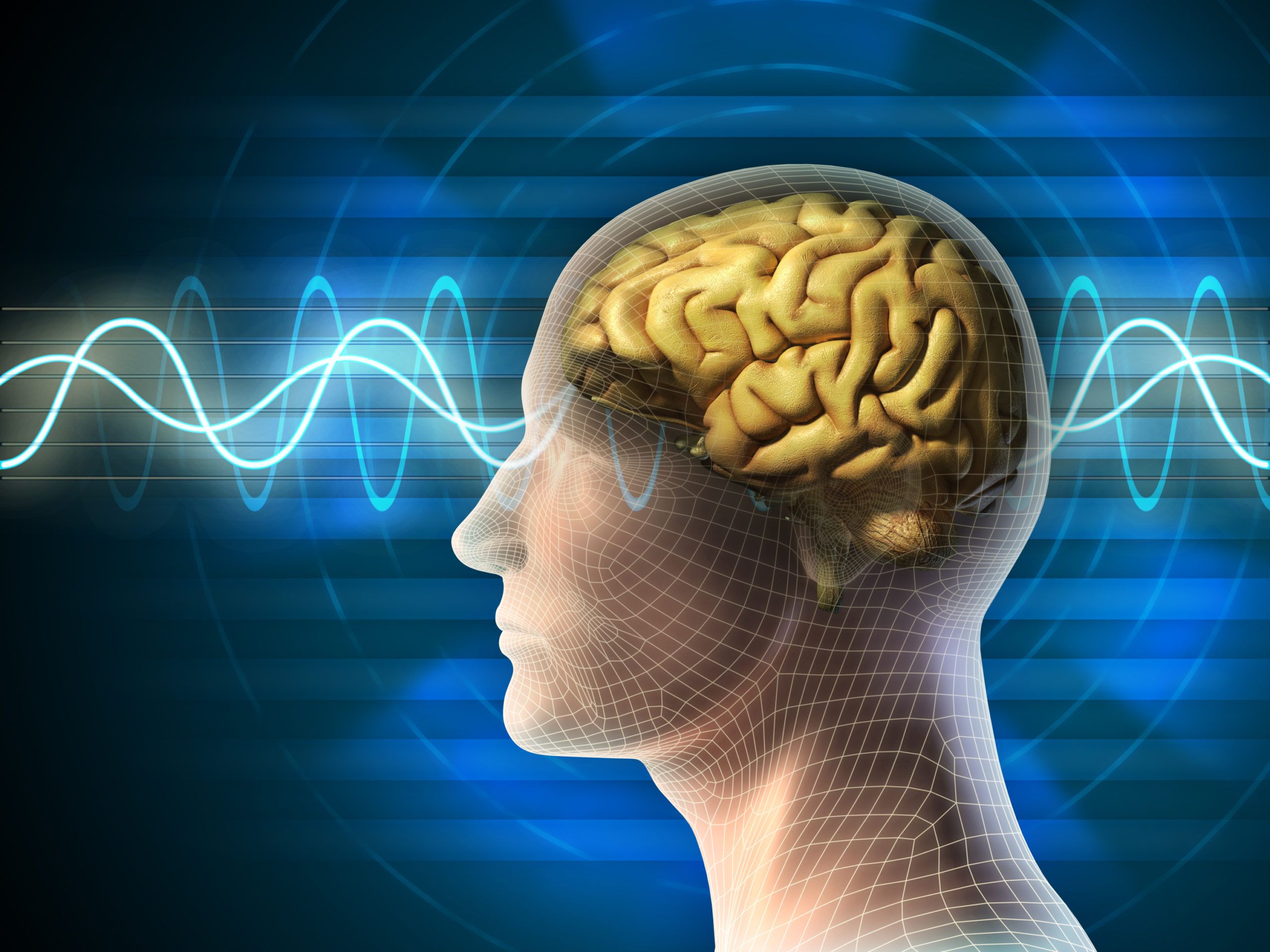Cranio-Electro Stimulation (CES)
CES is considered a non-invasive brain stimulation technique that applies a small pulsed electric current across a person’s head. This small electrical stimulus which is applied laterally across the cranium is intended to stimulate endorphins, serotonin, and norepinephrine neurotransmitter production.
Discomfort, mood conditions (like worry and sadness), and sleep issues are all controlled by your body’s central nervous system. The billions of individual cells that comprise the nervous system communicate every sensation by conducting electrochemical signals between the cells in your body and brain.
CES is designed to work by transmitting a unique electrical waveform to modulate the cells’ signals to return to baseline, normal functioning—thereby significantly reducing discomfort, worry, sadness, or sleep issues without medication. CES was cleared by the FDA in 1992 as a noninvasive protocol. It has an extensive safety record, with few side effects (seen in less than 1% of users) and considerable scientific research indicating the potential results that clients can achieve.
While it’s not possible to provide guarantees, many people report experiencing significant relief after a single treatment. With continued use, the effects of CES can be even greater, increasing cumulatively over time as cell function becomes more readily modulated.
Research/Studies
- Holubec JT. Cumulative response from Cranial Electrotherapy Stimulation (CES) for chronic pain. Practical Pain Management. 2009; 9(9):80-83.
- Tan G, Rintala D, Jensen MP, et al. Efficacy of Cranial Electrotherapy Stimulation for neuropathic pain following spinal cord injury: a multi-site randomized controlled trial with a secondary 6-month open-label phase. Journal of Spinal Cord Medicine. 2011; 34(3):285-296.
- Taylor AG, Anderson JG, Riedel SL, et al. Cranial Electrotherapy Stimulation improves symptoms and functional status in individuals with fibromyalgia. Pain Management Nursing. 2013 Dec; 14(4):327-335.
- Barclay TH, Barclay RD. A clinical Trial of cranial electrotherapy stimulation for anxiety and comorbid depression. Journal of Affective Disorders. 2014; 164:171-177. Presented at the American Psychological Association National Conference, Honolulu, July 2013.
- Lee S-H, Kim W-Y, Lee C-H, et al. Effects of cranial electrotherapy stimulation on preoperative anxiety, pain and endocrine response. Journal of International Medical Research. 2013; 41(6) 1788–1795.
- Lande, R. Gregory and Gragnani, Cynthia. Efficacy of cranial electric stimulation for the treatment of insomnia: A randomized pilot study. Complementary Therapies in Medicine. 2013; 21(1):8-13.
- Taylor AG, Anderson JG, Riedel S L., Lewis, et al. Cranial electrical stimulation improves symptoms and functional status in individuals with fibromyalgia. Pain Management Nursing. 2013; Dec;14(4):327-35.
- Bystritsky A, Kerwin L, Feusner J. A pilot study of cranial electrotherapy stimulation for generalized anxiety disorder. Journal of Clinical Psychiatry. 2008; 69:412-417. Presented at the American Psychiatric Association meeting, San Francisco, 2009.
- Accessed online October 28, 2011 at www.WebMD.com/drugs. Pharmaceutical survey data.
- Alpha-Stim Military Service Member and Civilian Data. 2011. Conducted by Larry Price, PhD, Associate Dean of Research and Professor of Psychometrics and Statistics, Texas State University.
